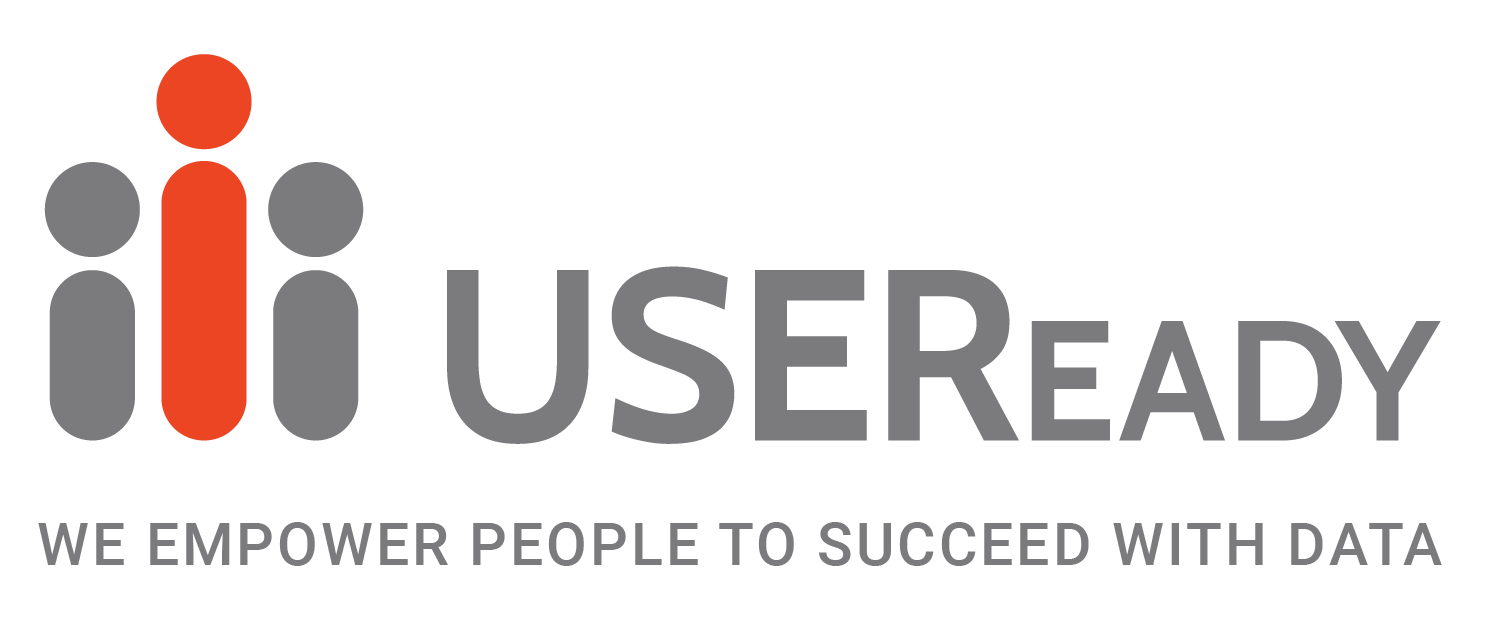For organizations where data-driven decision making operates around the clock, maintaining dashboard availability during a Tableau Server to Tableau Cloud migration isn’t just preferred, it’s essential. Whether you’re supporting global operations, financial markets, or healthcare systems, even brief analytics downtime can disrupt critical business processes.
Why Zero Downtime Matters for Business Continuity
Industries such as banking, airlines, and healthcare rely on real-time dashboards for operational decisions. A four-hour maintenance window might seem reasonable for typical software updates, but when executives need market data at 6 AM or operations teams monitor flight schedules continuously, any interruption carries significant business risk.
Understanding What “Zero Downtime” Really Means
True zero-downtime migration ensures that users can access their dashboards and reports throughout the entire transition. This approach requires sophisticated planning, parallel environment management, and seamless cutover strategies that most organizations haven’t encountered in traditional IT migrations.
Key Components of a Successful Tableau Cloud Migration
- Parallel Environment Architecture: Establish Tableau Cloud as a parallel environment rather than a replacement destination. This enables thorough testing, user validation, and gradual transition without impacting production analytics.
- Phased Content Migration: Rather than migrating entire environments simultaneously, organizations achieve better results through carefully planned phases. Critical dashboards migrate first with extensive validation, followed by departmental content, and finally archived or low-priority materials.
- Real-Time Synchronization: Advanced migration approaches include mechanisms to keep data sources synchronized between Server and Cloud during the transition period. Users see consistent information regardless of platform – a hallmark of professional Tableau Cloud migration services.
Implementation Best Practices for Zero-Downtime Migration
- User Communication Strategy: Even zero-downtime migrations require clear messaging. Users should know when dashboards will be available on the new platform, how to access them, and what changes to expect.
- Validation and Testing Protocols: Every migrated dashboard needs validation before transition to the Cloud version. Verify data accuracy, performance, and permissions to ensure a seamless experience.
- Rollback Planning: Despite careful planning, organizations need rollback procedures in case unexpected issues arise. Maintain Server availability until Cloud validation is complete.
Measuring Migration Success
- Performance Metrics: Track dashboard load times, user adoption, and system availability throughout the migration. Many organizations find Tableau Cloud performance exceeds that of Server, validating the investment.
- User Satisfaction Indicators: Monitor help-desk tickets, user feedback, and dashboard usage to confirm the migration enhances rather than disrupts user experience.
When to Engage Professional Tableau Migration Services
Organizations managing complex environments with thousands of users often benefit from specialized expertise. Professional services like STORM by USEReady, an award-winning Tableau Partner listed on Tableau Exchange bring proven methodologies, automation tools, and experience managing enterprise-scale transitions while maintaining business continuity.
The investment in expert guidance typically pays for itself through reduced risk, faster timelines, and the ability to redirect internal resources toward strategic initiatives instead of migration troubleshooting.
Next Steps: Explore STORM for Zero Downtime Tableau Migration
Ready to explore zero-downtime Tableau Server to Cloud migration strategies for your organization? Discover how STORM’s specialized Tableau Cloud migration services ensure seamless transitions while keeping critical business operations online. Start your pre-migration assessment with STORM →










 Media Coverage
Media Coverage Press Release
Press Release